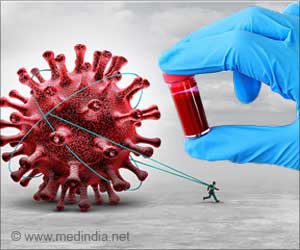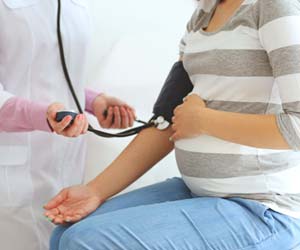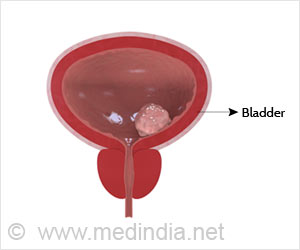Feeling out of Breath while exercising after COVID-19? It could be a symptom of Long COVID that decreases heart rate and oxygen concentration during exercise.
- The COVID-19 virus is new, there are many unknown things about what happens after infection
- We are not aware who is likely to develop complications that can make exercise difficult
- Exercise tests conducted following infection showed reduced exercise capacity that makes breathing difficult
Short-term and Long-term Rates of Postacute Sequelae of SARS-CoV-2 Infection
Go to source).
Researchers narrowed their analysis to nine studies in which the exercise performances of 359 participants who had recovered from the virus were compared to that of 464 participants who had symptoms consistent with long COVID.
What You Need to Know About Exercising Post COVID-19
The average age of the participants in these nine studies ranged from 39 to 56, and the average body mass index ranged from 26 (overweight) to 30 (obese).The findings suggest that the long COVID cohort in this subgroup may have reduced oxygen extraction in the muscles, irregular breathing patterns, and a lesser ability to increase heart rate during exercise to match cardiac output.
In addition, there was evidence of deconditioning, which occurs to some extent after most physical illnesses that result in inactivity, the researchers noted. Importantly, not all the findings could be attributed to deconditioning.
Exercise tests were conducted at least three months following SARS-CoV-2 infection and involved cardiopulmonary exercise testing (CPET), in which oxygen and carbon dioxide were measured, together with other indices of heart and lung function, while the participant used a treadmill or stationary bike (1✔ ✔Trusted Source
Short-term and Long-term Rates of Postacute Sequelae of SARS-CoV-2 Infection
Go to source).
Regular Exercise may be too Strenuous for Those with Long COVID
In comparing exercise tolerance, the researchers found the long COVID group’s peak rate of oxygen was 4.9 ml/kg/min lower than the recovered group. This difference is equivalent to 1.4 metabolic equivalents of tasks (METs), a measure of energy consumed during physical activities.This decline in oxygen peak rate would roughly translate to a 40-year-old woman with an expected exercise capacity of 9.5 METs, dropping to 8.1 METs, the approximate expected exercise capacity for a 50-year-old woman. Some individuals experience a profound decrease in energy capacity and many others experience no decrease.
They attributed this to small study sizes, oversampling of hospitalized participants, as well as those with acute symptoms who had been referred to long COVID clinics and for CPETs, and variability in definitions of long COVID and CPET modalities. None of the studies had performed pre-infection CPETs for comparison use (2✔ ✔Trusted Source
Use of Cardiopulmonary Exercise Testing to Evaluate Long COVID-19 Symptoms in Adults
Go to source).
References:
- Short-term and Long-term Rates of Postacute Sequelae of SARS-CoV-2 Infection - (https://jamanetwork.com/journals/jamanetworkopen/fullarticle/2797203)
- Use of Cardiopulmonary Exercise Testing to Evaluate Long COVID-19 Symptoms in Adults - (https://jamanetwork.com/journals/jamanetworkopen/fullarticle/2797203)
Source-Medindia















